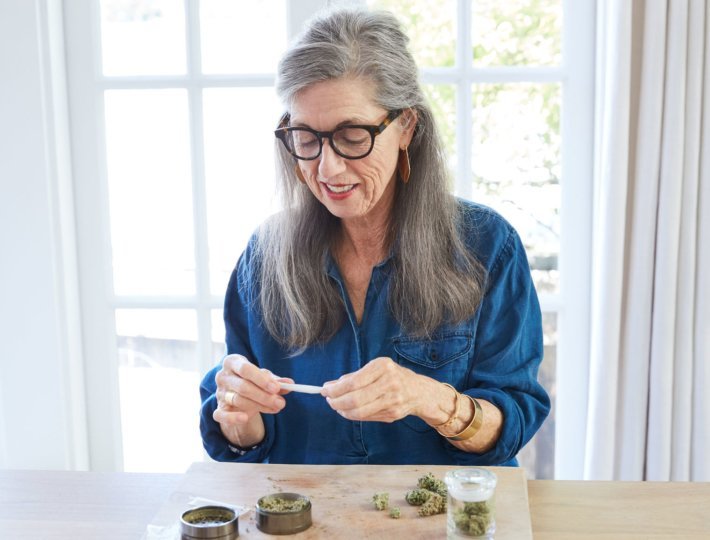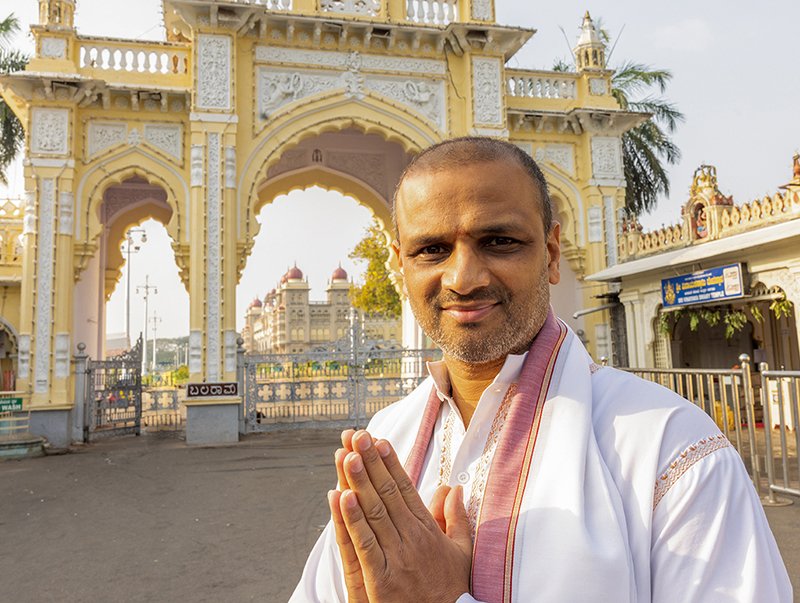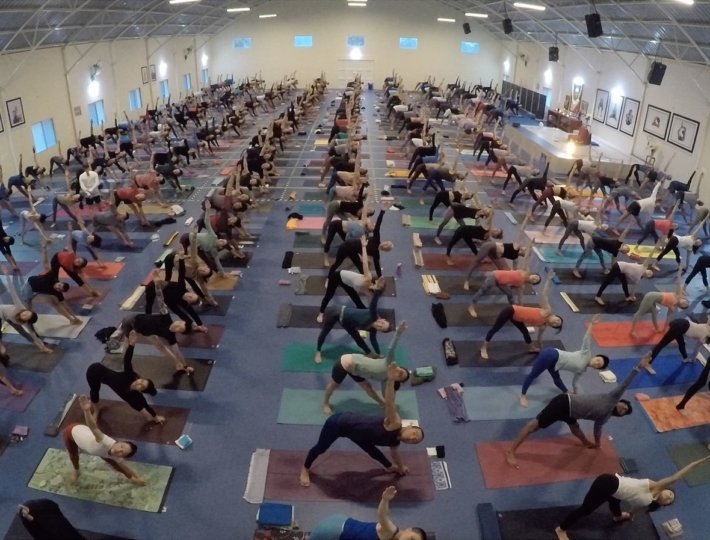As a deep tissue and Thai massage practitioner, Edan Harari was taken aback when a debilitating foot pain was released permanently in a matter of seconds by an Ortho-Bionomy session.
Ortho-Bionomy is a non-invasive, quick-acting form of manual therapy rooted in the field of osteopathy. In 1964, an American osteopath Lawrence Jones developed a specific osteopathic treatment where pain and tension could be relieved in minutes by slowly and carefully exaggerating an abnormal posture to make the patient maximally comfortable. For example, if a shoulder is lifted due to muscle tension, the practitioner would lift the shoulder even farther in order to release tension.
A decade later, British-trained osteopath and Judo instructor Arthur Lincoln Pauls, the founder of Ortho-Bionomy, expanded upon Jones’ wisdom by developing a technique to gently stimulate the body’s reflexes to facilitate the body’s natural realignment and self-healing mechanisms. Pauls discovered a way to initiate the release of a contraction in the body within only three to 15 seconds without any pain, based on the core principle that the body’s natural state is balance.
In contrast to manual therapies such as Rolfing or massage that may apply aggressive force to break apart tension or knots, Ortho-Bionomy is considered safe, gentle, and subtle. The practitioner unlocks tension and relieves pain using hands-on or non-physical contact with the client’s energy field, initiating innate reflexes that remind the body of its own natural ability to find balance. This energetic component works similarly to Reiki, Harari explains: “Why try to fix the body when it can heal itself and all it needs is a little support?”
Combining tools from his background in dance, yoga, acrobatics, and massage therapy with his training in Ortho-Bionomy, Harari founded his company called Kinetic Body Therapy. The technique he now practices is called Kinetic Release Therapy (KRT), which includes but is not limited to pure Ortho-Bionomy.
Related: How Does Rolfing Work to Relieve Pain?
Prior to founding Kinetic Body Therapy, Harari noticed that the deep massage techniques he was practicing worked temporarily, but often did not have lasting effects. He believes this dilemma relates to the body’s response when force is applied to release a contraction: to contract more and protect itself. Edan has witnessed how the body can heal dramatically and spontaneously from chronic pain and tension when held in a safe space, though this is based on anecdotal evidence more than existing scientific data.
Kinetic Release Therapy (KRT) is based on the principle that the body has innate wisdom, opposing techniques based on a philosophy that the body needs to be fixed or manipulated. Harari’s clientele have ranged from an eight-year-old boy to a 98-year-old woman. He states that his work has no contraindications because of its gentle nature.
Kinetic Release Therapy works on the nervous system, positioning the body in a way that sets off sensors and proprioceptive reflexes of the nervous system to instantly unlock contractions organically and naturally: “This is what you feel in a Kinetic Release Therapy (KRT) session; a complete release of a contraction from the inside out.” However, Harari’s work is not just limited to the nervous system. He uses the nervous system as a launching point to stimulate circulatory fluids to move into the lymphatic and endocrine system, the systems in our body that relate to immunity and hormone balance. He also works with joints and internal organs to bring the entire structure of the body back into balance.
Related: A Yoga Sequence to Balance the Body
Based on the comfort level of the individual, a KRT session typically begins with Acro-Therapeutics or inversion therapy, where the client is held in an upside down position to decompress the spine. Afterward, Harari moves onto the Ortho-Bionomy portion, scanning his client’s body to release contractions from the fascia and tissues as well as realigning joints. He also looks at contractions in the lymphatic system. “It’s about treating the individual in a holistic way, not just the symptoms.”
Similar to concepts in homeopathic medicine, Kinetic Release Therapy is rooted in a notion that movement with the flow of energy makes it more likely the body will heal itself. For instance, if an individual’s shoulder is lifted due to a contraction, rather than pushing the shoulder down with force, the shoulder is lifted even further in order to be released. One unique aspect of KRT is that there is no protocol. KRT is principle-based work guided solely by the intuition of the practitioner.
Harari feels strongly about his role as a healer and body-worker.
“It’s not that I healed them, it’s that their body healed itself and I’m just the facilitator. When we feel safe in a matter of seconds the body can heal itself and release its own tension.”











Comments (0)